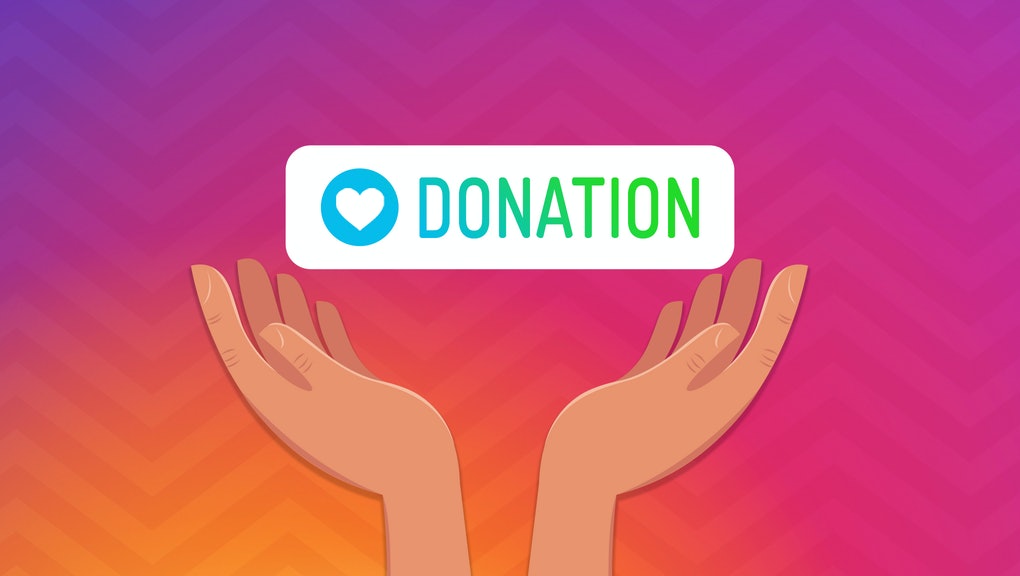
If you liked my video tutorials and you want to participate in the development of my project …
Send Donation >>
Astavakrasana Yoga Pose
How to do
Astavakrasana is an advanced yoga posture for arm balance that requires strength, balance and flexibility. In this video, you will learn the correct technique for Astavakrasana by going through each step of the pose. We will also provide modifications and variations as well as tips and tricks to help you get the most out of this pose. Whether you are a beginner or an experienced yogi, this video will help you master the Astavakrasana technique.
Astavakrasana is a difficult asana that requires a high degree of flexibility and strength from the practitioner. The name ashtavakrasana comes from the Sanskrit words “ashta” (eight), “bakra” (bend) and “asana” (posture). It got its name because of the special position, which resembles the figure of eight.
To perform ashtavakrasana, you must first stand in the so-called plank position (similar to push-ups from the floor). Then, lifting your hips, you need to rise to your hands and lower your head between your hands. Next, you need to bend at the waist, stretch your legs back and lift them up so that they are at head level. Then you need to bend your knees and bring them together. Finally, you need to stretch your legs up, keeping your balance.
Astavakrasana is a fairly difficult asana that helps to strengthen the arms, shoulders, abs and back. It also improves coordination and balance, develops concentration and willpower. When performing ashtavakrasana, blood circulation improves, which favorably affects the work of the cardiovascular system. This pose also strengthens the lungs and increases their capacity.
However, before doing ashtavakrasana, you need to make sure that there are no contraindications for this pose, such as injuries to the shoulder girdle, wrists or elbows, as well as circulation problems or high blood pressure. Also, for the safe performance of this asana, it is recommended to practice yoga daily for several months in order to develop sufficient flexibility and strength in the body.
Benefits: Increased self-confidence and self-esteem, as well as a positive mood and increased energy.
Contraindications: Hand and wrist injuries, back injuries, hip injuries, pregnancy.
Do all exercises in your comfort zone. If you have acute pain, then there is no need to do this
Send this useful video to your friends and family. And don’t forget to like and leave reviews about your workout
Be healthy 🫶
Best regards, Marianna Mansurova
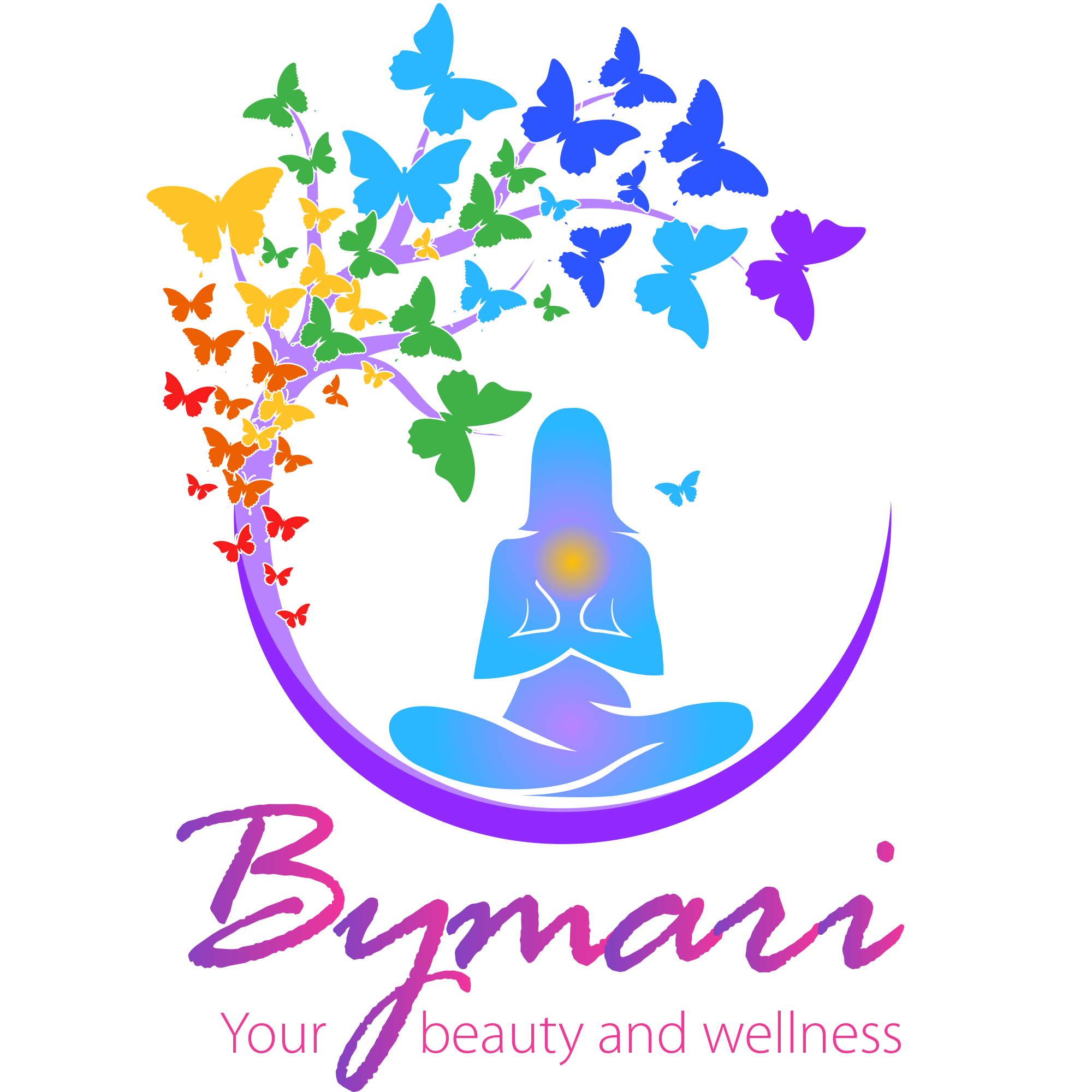
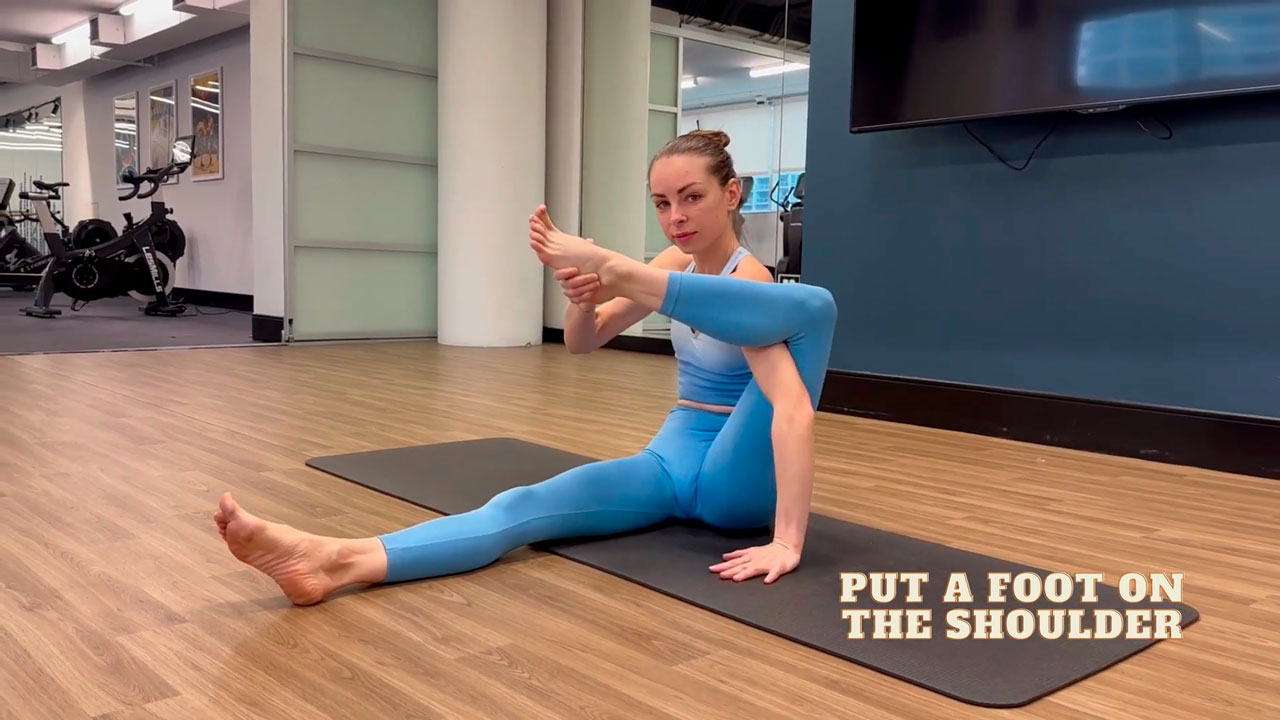
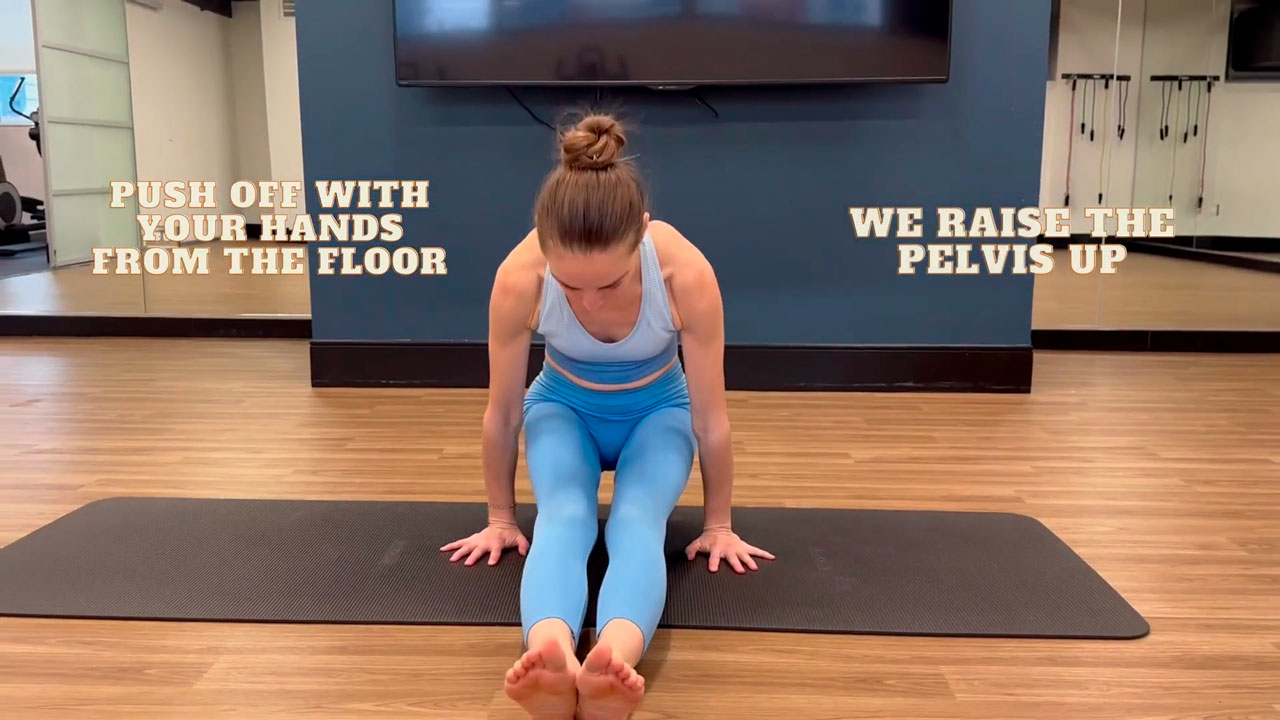
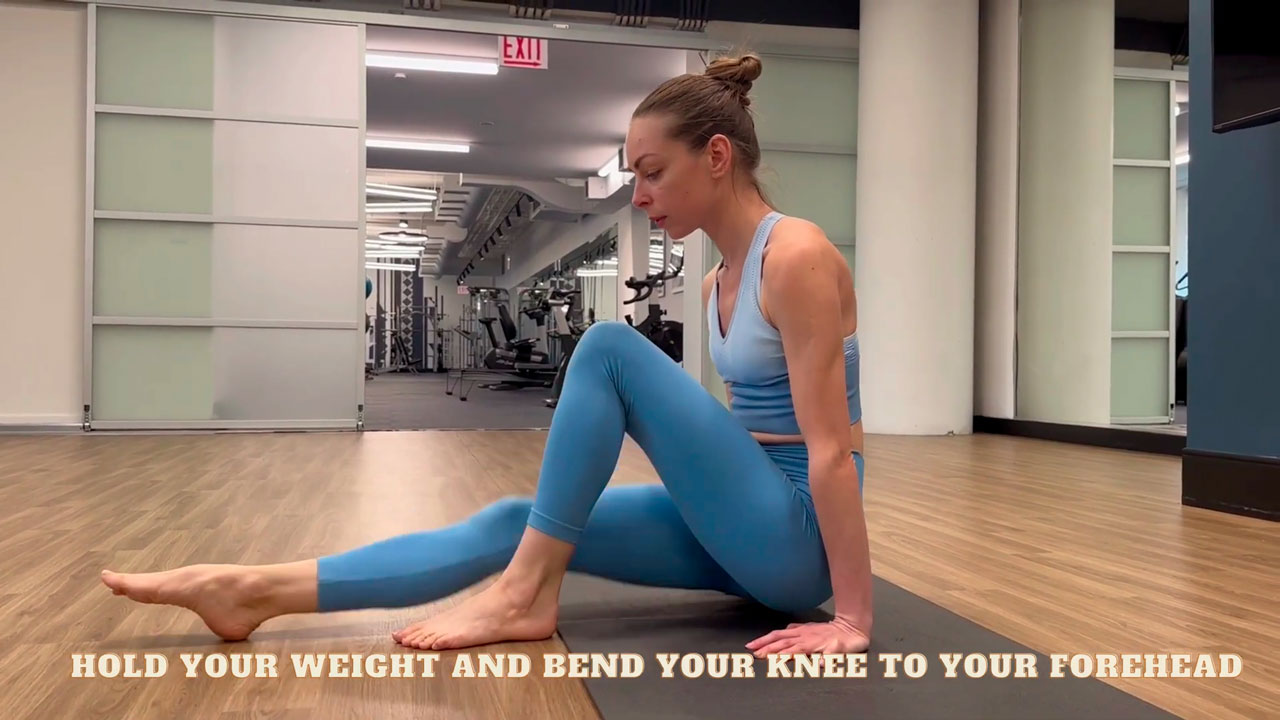
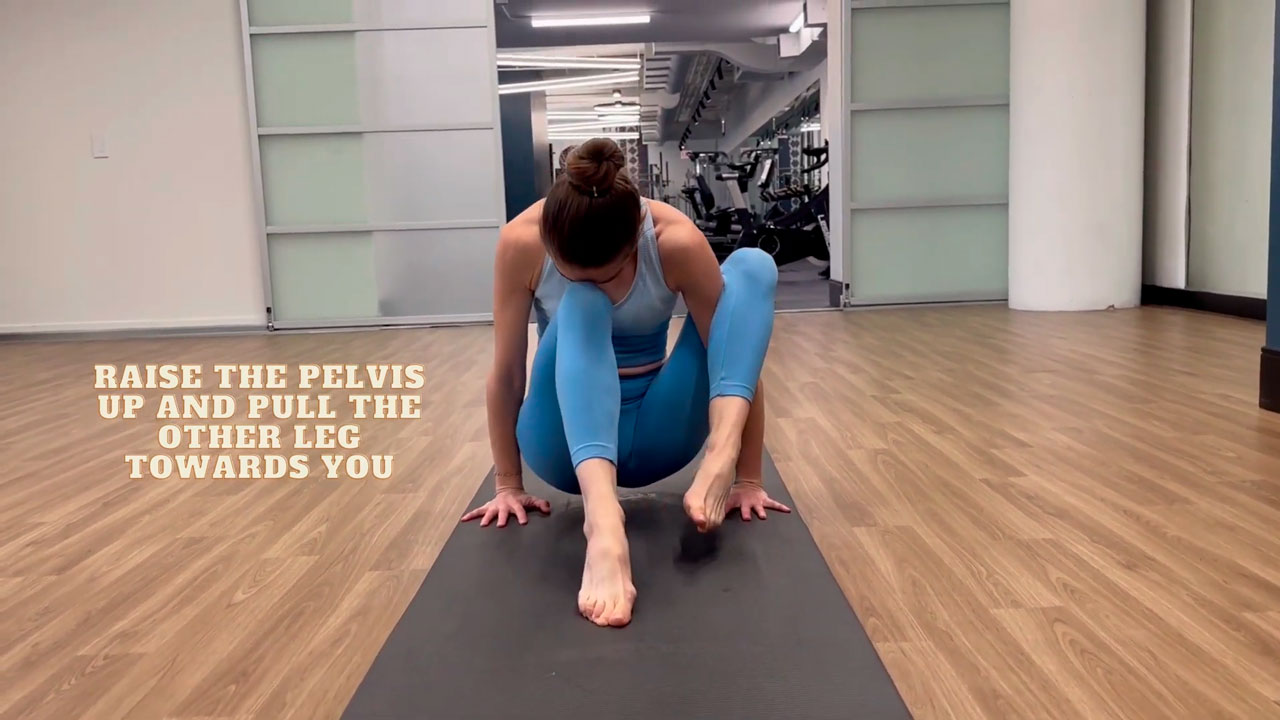
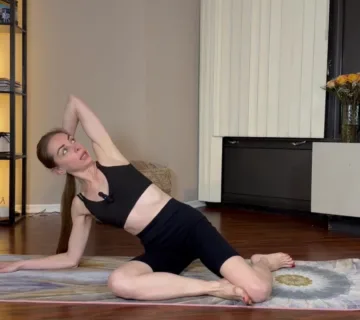
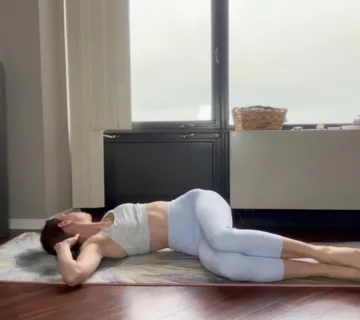
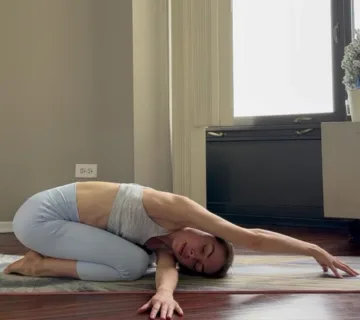
No comment